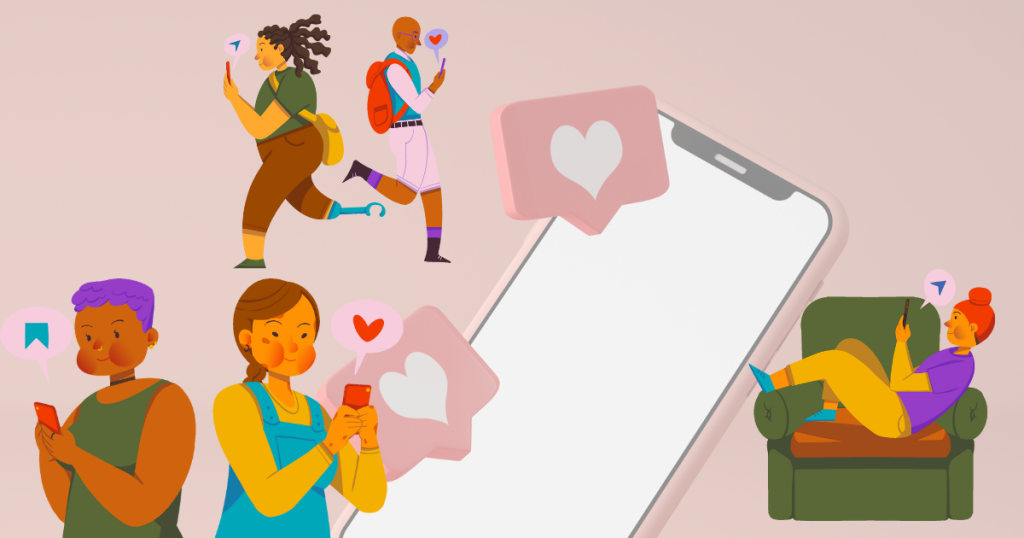In today’s digital age, social media has become an integral part of our daily lives, shaping how we communicate, connect, and consume information. While social media offers numerous benefits, its pervasive influence has also contributed to a decline in reading culture, particularly among younger generations. As we navigate this digital landscape, it’s essential to explore the factors driving this decline and consider strategies to mitigate its impact.
One of the primary reasons for the decline in reading culture attributable to social media is the shift in attention spans and consumption habits. The instantaneous nature of platforms like Facebook, Instagram, and Twitter encourages quick, bite-sized content consumption, often at the expense of deeper engagement with longer-form texts. As a result, many individuals, especially young people, find themselves spending more time scrolling through feeds than delving into books or articles.

Moreover, the constant bombardment of notifications and updates on social media creates a culture of distraction, making it challenging for individuals to focus on sustained reading. With smartphones serving as constant companions, the temptation to check notifications or browse social media feeds often interrupts reading sessions, further diminishing the time devoted to this activity.
Furthermore, the rise of influencer culture and visual-centric platforms has led to a prioritization of image-based content over written material. While visual content certainly has its place, the emphasis on aesthetics and instant gratification can overshadow the value of critical thinking and intellectual stimulation derived from reading.
READ MORE: Reviving the Reading Culture: A Resurrection for Nigerian Schools
However, it’s important to recognize that social media itself is not inherently detrimental to reading culture. When used mindfully, social media can serve as a platform for sharing and discovering literary content, fostering virtual book communities, and promoting literacy initiatives. Additionally, digital platforms offer opportunities for authors, publishers, and educators to engage with readers in new and innovative ways.

To address the decline in reading culture exacerbated by social media, finding a balance between online engagement and offline reading is essential. Educators can incorporate digital literacy and media literacy into the curriculum, teaching students to critically evaluate online content while also instilling a love for reading traditional texts. Additionally, promoting initiatives such as reading challenges, book clubs, and author events can reignite enthusiasm for reading among both students and adults.
In conclusion, the pervasive influence of social media has undoubtedly contributed to the decline in reading culture by fostering shorter attention spans, promoting instant gratification, and displacing leisure time once dedicated to reading. However, by recognizing these challenges and adopting strategies to mitigate their impact, we can work towards restoring a culture that values and prioritizes the enriching experience of reading in our digitally-driven society.
